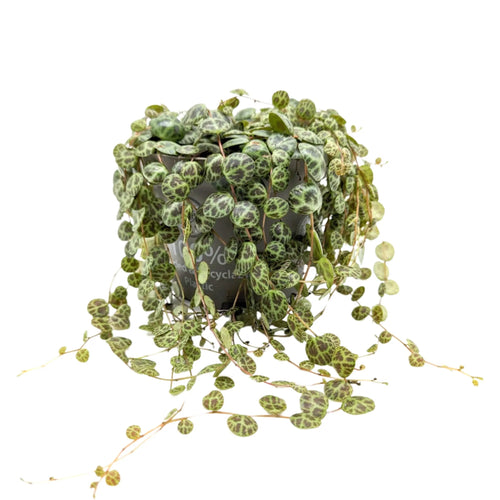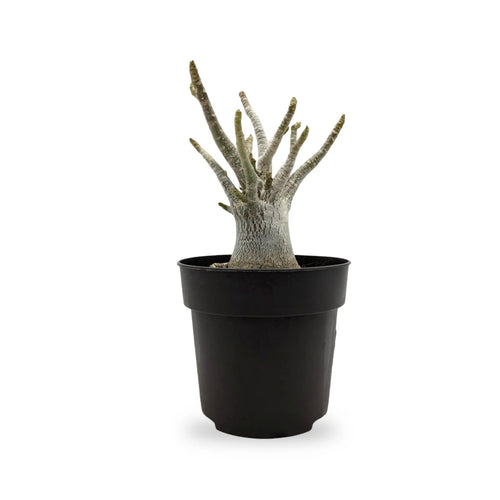Fungus gnats, small dark flies measuring 1-2mm, are common pests affecting indoor plants. They lay eggs in the soil, and their larvae feed on fungi, organic matter, and plant roots, completing their life cycle through pupation. Infestations are indicated by the presence of adult gnats, particularly during watering, and larvae in the soil, with potential symptoms of yellowing or wilting in plants. To prevent and control fungus gnats, it is advised to allow the soil to dry between watering (this is easiest if you water from the bottom too), avoid overwatering (in general), use yellow sticky traps to capture adult gnats, and apply organic solutions like neem oil or insecticidal soap to the soil. Additionally, selecting well-draining soil (
see our range here) to avoid moisture being held in the soil for too long. Regular inspection and proactive measures are essential for effective management of fungus gnats in houseplants, but if they do turn up, don't shoot yourself - these things happen.
Aphids

Dealing with aphids on house plants can be concerning, but it's important to know that there are effective ways to address the issue and restore the health of your plants. Aphids are a common problem that many plant enthusiasts encounter, and with prompt action, you can successfully manage and eliminate them. Utilising gentle remedies like insecticidal soap or neem oil, along with a simple, strong stream of water to dislodge the aphids, can be reassuringly effective. Regularly inspecting your plants, fostering a healthy environment, and promoting natural predators will contribute to long-term resilience against aphid infestations. Remember that with patience and consistent care, your houseplants can bounce back, thriving once again.
Scale

Scale insects on house plants can be a concern (picture from Gilles San Martin from Namur, Belgium), but addressing the issue is easily possible with the right approach. These small, immobile pests attach themselves to plant stems and leaves, resembling tiny bumps.
Scale insects feed on plant sap, and their presence can lead to yellowing, wilting, and overall decline in plant health. While their protective shells make them resistant to many treatments, you can effectively manage scale insects by using horticultural oils or insecticidal soaps. Applying these treatments helps suffocate and remove the scales.
Additionally, consider gently scrubbing the scales with a soft brush (like an old toothbrush) to enhance the effectiveness of treatment. Regularly inspect your houseplants, and if needed, repeat treatments to ensure complete elimination. With diligence and proper care, you can reassure yourself that your houseplants will recover and thrive once the scale infestation is under control.
Now you know how to tackle your pests, feel confident in the plants you invest in. See our range of potted plants here.










